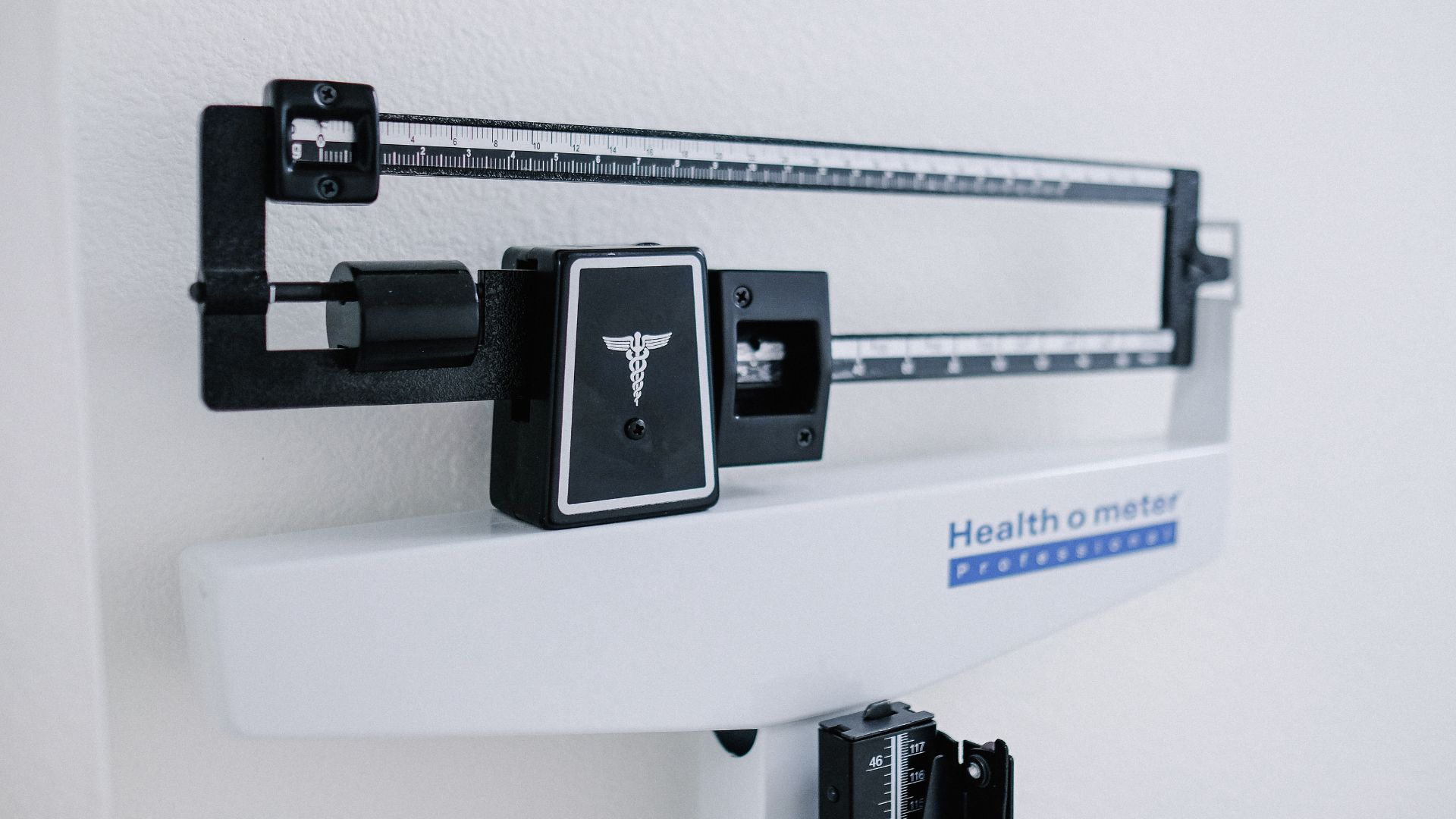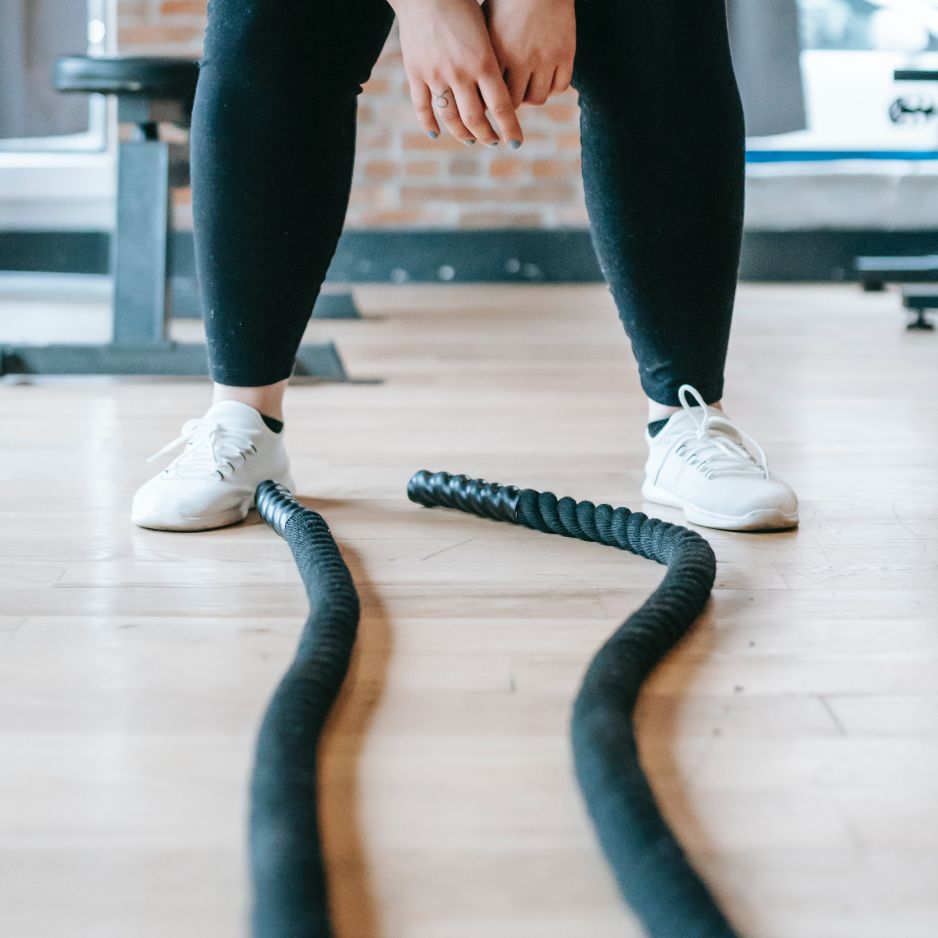Measuring Body Fat in San Francisco: A Guide from BodySpec


If you're looking to measure your body fat in San Francisco, you have a few different options. Body fat measurement can be useful for tracking your progress when trying to lose weight or gain muscle, assessing your risk for health conditions like heart disease and diabetes, and ensuring that you are maintaining a healthy balance of fat in your body.
Here are some of the most common ways to measure body fat in San Francisco:
1. Body mass index (BMI)
BMI is a simple calculation based on your weight and height. It is often used as an indicator of overall body fat, although it does not directly measure body fat. To calculate your BMI, divide your weight in kilograms by your height in meters squared. A BMI of 18.5 to 24.9 is considered healthy, while a BMI of 25 or higher is considered overweight. Many primary care physicians and clinics in San Francisco offer BMI measurements as part of routine check-ups.

2. Skinfold thickness measurements
Skinfold thickness measurements involve using calipers to measure the thickness of a fold of skin and fat at specific points on the body. These measurements are then used to estimate body fat percentage. Many personal trainers and fitness facilities in San Francisco offer skinfold thickness measurements as part of their services.
3. Bioelectrical impedance analysis (BIA)
BIA involves passing a small electrical current through the body to estimate body fat percentage. Many gyms and fitness facilities in San Francisco have BIA machines that can be used to measure body fat.
4. Dual-energy X-ray absorptiometry (DEXA)
DEXA is a type of X-ray that measures the density of bones and soft tissues. It is often used to assess bone density, but it can also be used to estimate body fat percentage. DEXA is accurate and non-invasive, but it exposes the body to a small amount of radiation and can be more expensive than other methods. Some hospitals and imaging centers in San Francisco offer DEXA scans. BodySpec offers affordable DEXA scans to get an accurate measurement of your body fat.
5. Hydrostatic weighing
Hydrostatic weighing involves weighing yourself in water to determine body density. Body density can then be used to estimate body fat percentage. Hydrostatic weighing is considered one of the most accurate methods for measuring body fat, but it can be time-consuming and requires specialized equipment. Some research institutions and universities in San Francisco may have hydrostatic weighing equipment available.
What’s Next?
There are several options for measuring body fat in San Francisco, ranging from simple and inexpensive methods like BMI and skinfold thickness measurements to more accurate but costly methods like DEXA and hydrostatic weighing. At BodySpec, our mission is to make DEXA scans, the #1 in accuracy, cost effective for everyone.
You can measure your body fat and composition, lean mass gains and losses over time, and bone health by getting regular DEXA scans. DEXA scans can help you pinpoint regional changes in your muscle and fat as you work towards your goals. Your data will accrue and compare side by side on our reports, so you can stay on track to being your best self. Find an appointment today!


